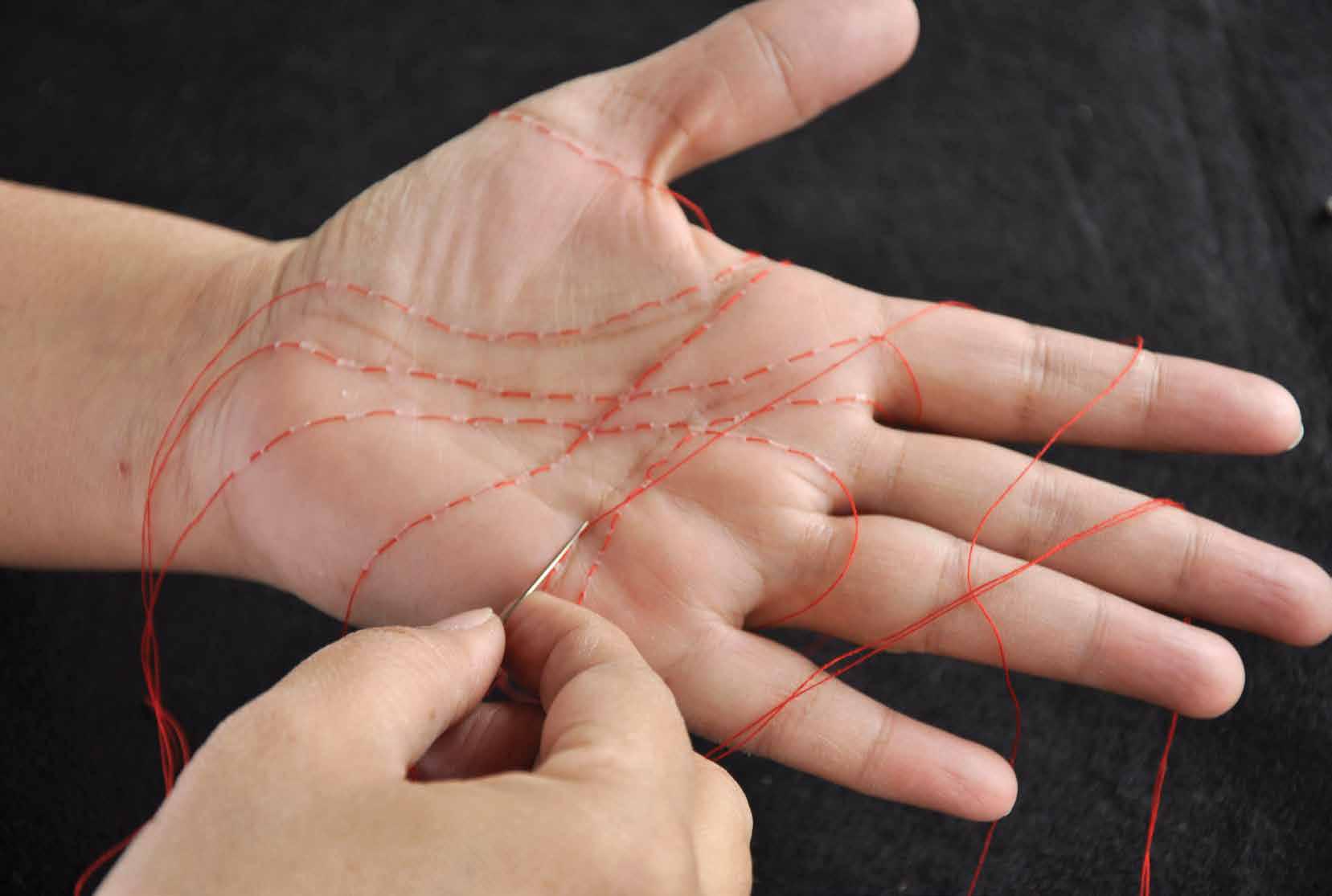Old Sins

The renowned poet Faiz Ahmed Faiz wrote a short poem in Punjabi about the Partition of 1947: Kise beejiya ae, tusan waddhna ae Kise keetiyan ne, tusan wartana ae Aap wele sir puchhna gichhna si Hun kise theen ki hisab manggo Someone sowed, and you shall reap.
Someone did, and you deal with it.
You did not probe, and question either when it was time.
From whom will you seek explanations now? Faiz was right. What the earlier generations did, the later generations have to suffer and endure. The partition of India, and, therefore, the partition of Punjab, was carried out by outsiders, without asking the Punjabi people.
But history-the public record or reality-keeps seeking answers from the dead and the living. It is a creature that never shuts up. It sees everything and rubs salt into wounds. It is as the German poet and playwright Bertolt Brecht once wrote: "When the wound stops hurting, what hurts is the scar." Punjabis often refer to the partitioned regions as "east" or "west" Punjab, not by the names of the nation states these were included in. Many, especially the families of the displaced, do not commemorate the events of 1947 as azadi, or Independence. They call it vaddey raule-the big riots, the holocaust.
Punjabi authors, writing in Punjabi, Urdu, Hindi and English, have published hundreds of books mourning it.
Academic researchers produced, and continue to produce, stacks of theses on it. Painters paint, and there is no count of films. There are five evildoers in these narratives: the viceroy Louis Mountbatten, Mohandas Gandhi, Jawaharlal Nehru, Mohammed Ali Jinnah and the Akali leader Tara Singh. Every Punjabi chooses a villain and placates themselves by accusing him.
Diese Geschichte stammt aus der September 2022-Ausgabe von The Caravan.
Starten Sie Ihre 7-tägige kostenlose Testversion von Magzter GOLD, um auf Tausende kuratierte Premium-Storys sowie über 9.500 Zeitschriften und Zeitungen zuzugreifen.
Bereits Abonnent ? Anmelden
Diese Geschichte stammt aus der September 2022-Ausgabe von The Caravan.
Starten Sie Ihre 7-tägige kostenlose Testversion von Magzter GOLD, um auf Tausende kuratierte Premium-Storys sowie über 9.500 Zeitschriften und Zeitungen zuzugreifen.
Bereits Abonnent? Anmelden

RESISTING PERSECUTION
Muslim prisoners' writings in contemporary India

THE DOMESTIC PROFITS OF WAR
The India-Pakistan conflict is sustaining the political projects of their leaders

THE AFTERMATH
Custodial killings, detentions and demolitions haunt a mourning Kashmir

DY Patil Deemed to be University, Navi Mumbai: A Legacy of Excellence in Education, Healthcare, Technology and Sports
In the heart of Navi Mumbai, DY Patil Deemed to be University stands as a beacon of educational excellence and innovation. Under the dynamic leadership of Chancellor and President Dr. Vijay D. Patil, the university has transformed challenges into opportunities, embodying a deep commitment to shaping a better future through education, healthcare, technology, and sports.

KARNATAKA RESIDENTIAL EDUCATIONAL INSTITUTIONS SOCIETY-KREIS
\"Building Brighter Tomorrows through Quality Education\"

FAULT LINES
The pre-Sanskritic roots of Indian languages

Vermillion Lines
Operation Sindoor and the delusion of deterrence

THE LEDE
Pedalling Promises Delhi's struggles with cycling /Communities

SEPARATED LIVES
Kenya's invisibilised waste pickers

The Nuclear Garden Path
The logic of nuclear deterrence and its false assurances of safety
